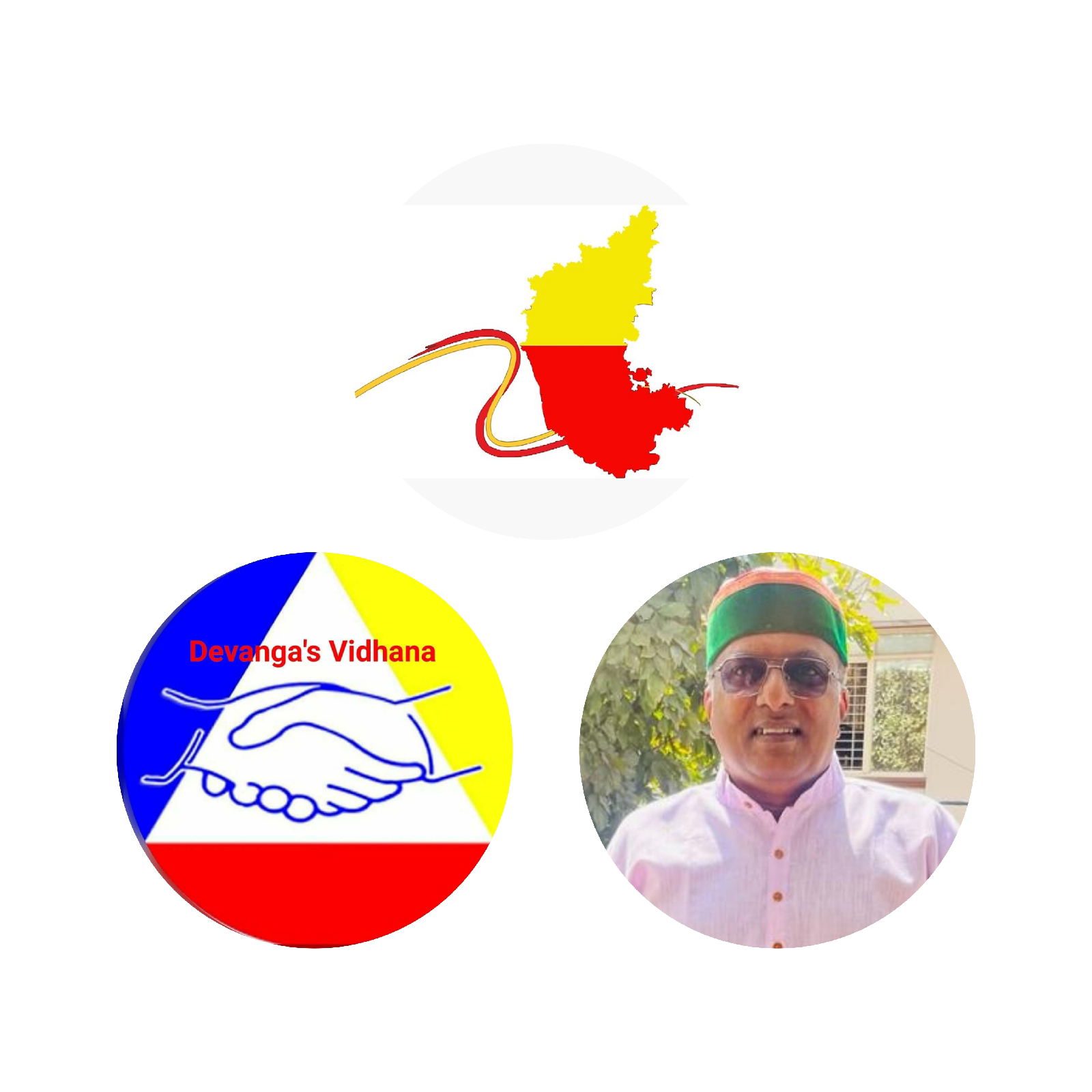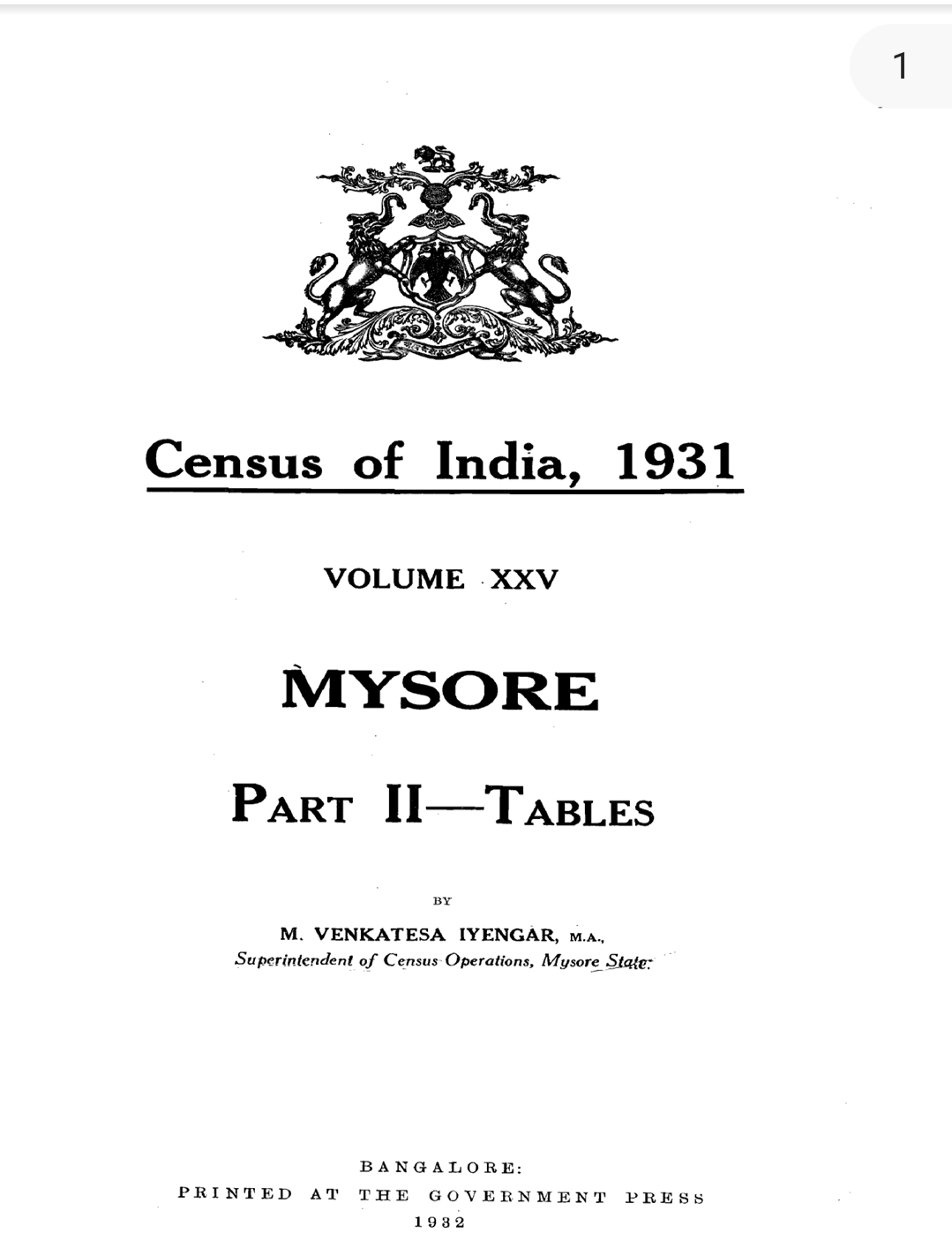"Crop to Fabric: The Socio-Economic Impact of Agro-Waste Textiles on Weavers"
The fashion industry is the second-largest polluter in the world after the oil industry. It consumes massive amounts of water, energy, and resources, often relying on synthetic fibers derived from petroleum. At the same time, agricultural industries generate tons of organic waste every year most of which is either burned or left to rot, contributing to greenhouse gas emissions.
As the world seeks sustainable solutions to mounting environmental and economic challenges, an unexpected transformation is unfolding. Agricultural waste like pineapple leaves, banana stems, coconut husks, and even orange peels is now being reimagined as the raw material for the textiles of the future.
Despite the promise, there are challenges. Scaling these materials to match global fashion demand, maintaining durability and aesthetic appeal, and making the processes cost-effective are ongoing hurdles. However, with growing consumer awareness and advancements in green technology, the shift from petro-textiles to agro-textiles is becoming increasingly viable.
But beyond the environmental benefits, this innovation could significantly reshape the socio-economic environment of weavers especially in Bharat where handlooms and rural craftsmanship are deeply rooted.
The innovation behind these food-based fabrics lies in their ability to upcycle organic agricultural residues:
1.Piñatex from pineapple leaves.
2.Banana fiber textiles, traditionally used in Japan and parts of India.
3.Orange Fiber, a silky fabric made from citrus peels.
4.Coconut coir-blended yarns, increasingly being explored for household textiles.
5.Sugarcane bagasse and hemp, used to create biodegradable fabrics.
These materials are renewable, biodegradable, and often processed with less water and fewer chemicals compared to conventional textiles like cotton or polyester.
The shift toward agro-waste textiles isn’t just an environmental revolution, it’s an economic opportunity. It opens new pathways for innovation in textile design, rural entrepreneurship, and decentralized production systems. It encourages collaboration between farmers, fabric technologists, and weavers.
Socio-Economic Implications for Weavers
For India’s millions of weavers, particularly those in rural and semi-rural regions this shift could change weavers.
Here’s how:
As global markets seek sustainable and handmade alternatives to fast fashion, weavers could benefit by aligning their traditional looms with new eco-friendly materials. Weavers who historically worked with cotton, silk, or wool could adapt to banana or coconut fibers, preserving their heritage in a modern context.
If agricultural waste is processed locally, farmers and rural workers can be involved in pre-processing stages from fiber extraction to basic spinning. This could provide employment in off-seasons and reduce rural migration.
However, transitioning to agro-waste fabrics requires training, investment, and awareness. Many weavers may not have access to the technologies or techniques required to work with non-traditional fibers. Without adequate support, they could be left behind in the green revolution.
Traditional weaving clusters could become hubs for ethical fashion, supported by eco-conscious brands. This would involve redesigning value chains to be more inclusive, where weavers are not just laborers but co-creators with shared value.
With the right branding and marketing, agro-waste handloom products could fetch premium prices in textile markets, enhancing the income and dignity of weavers. Government policies, export incentives, and fair trade networks can play a vital role in making this vision a reality.
The future of fashion, built on the back of food waste, can become a source of sustainability and social justice. But it must be designed with inclusivity at its core. Integrating weavers into this eco-revolution not only ensures continuity of cultural heritage but also bridges the gap between innovation and livelihood.
If implemented thoughtfully, this food-to-fabric transformation could nourish not just the environment, but also the hands that weave its future.
The shirt of tomorrow might come from a banana stem or a pineapple leaf. But it will only be truly sustainable if it also uplifts the weaver who brings that fabric to life. In this way, the path from agricultural waste to wearable art is not just a circular economy, it’s a circular society.
"The circular economy isn’t just about recycling; it’s about rethinking, everything, design, production, and consumption."
#828





Comments
Post a Comment